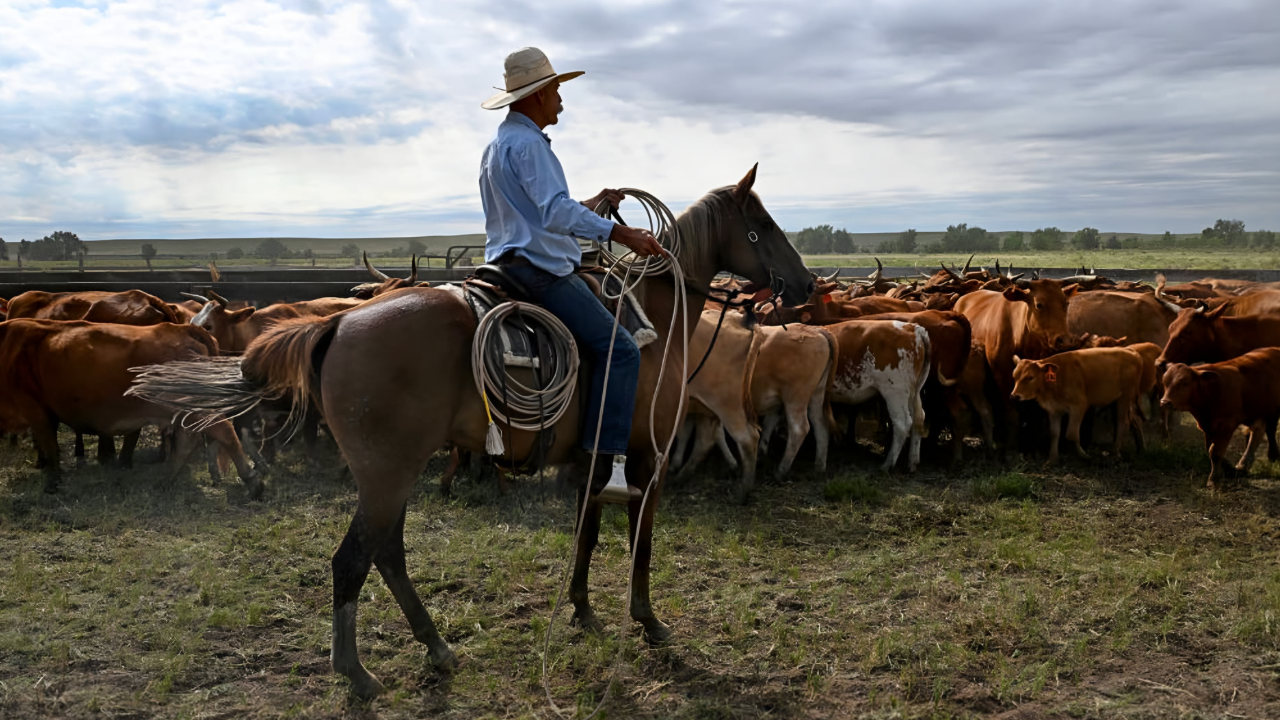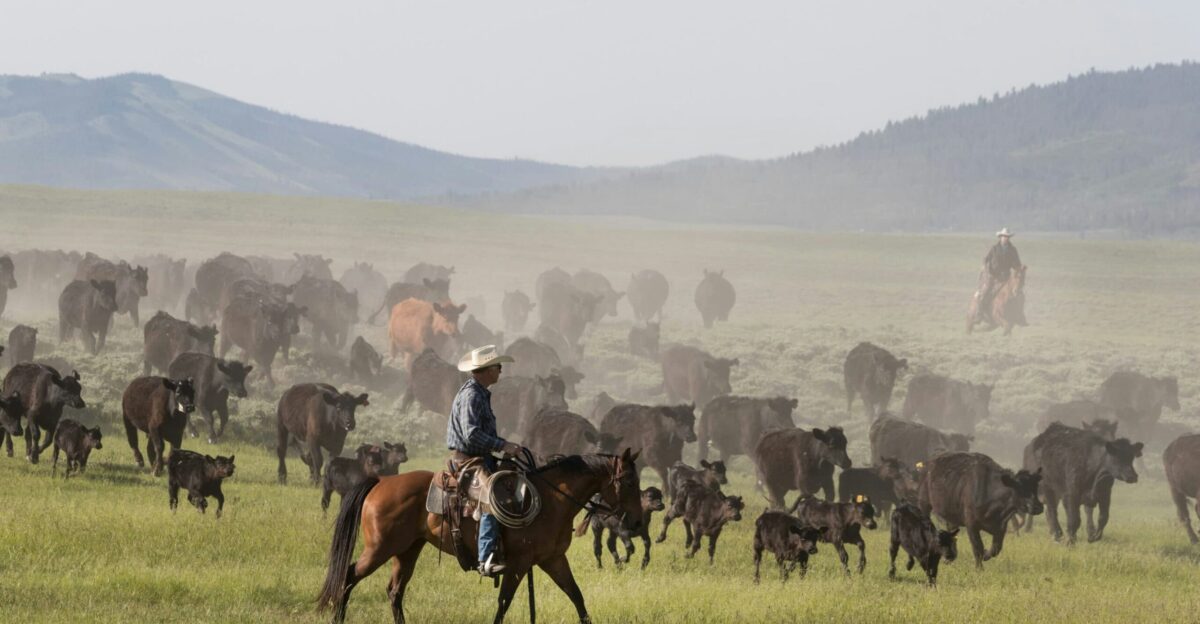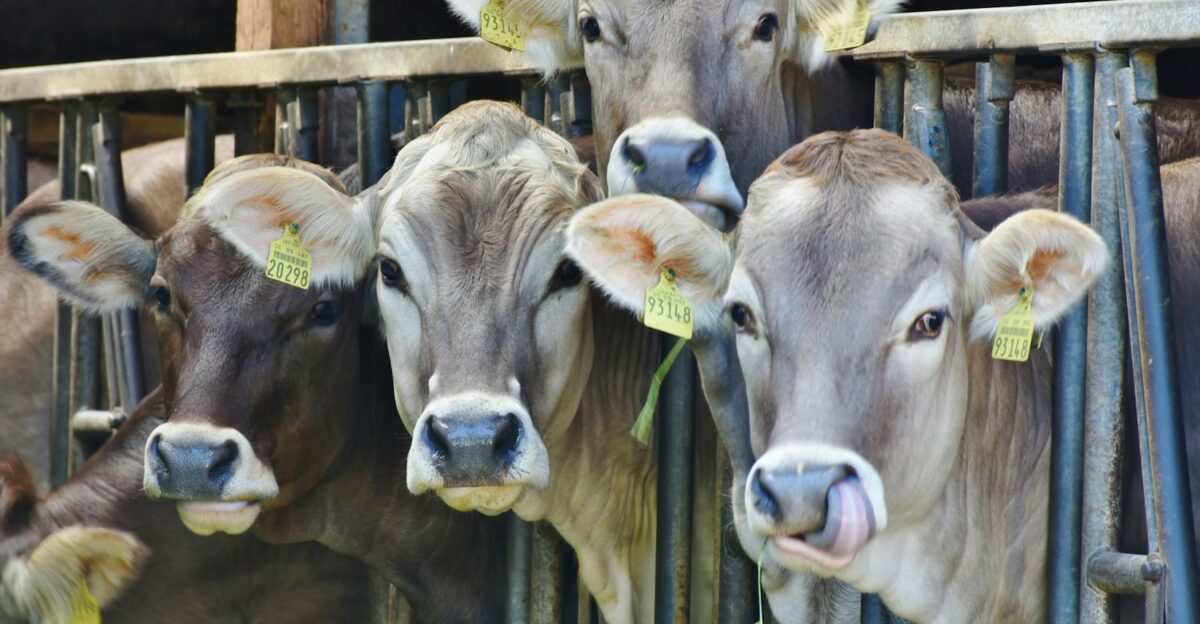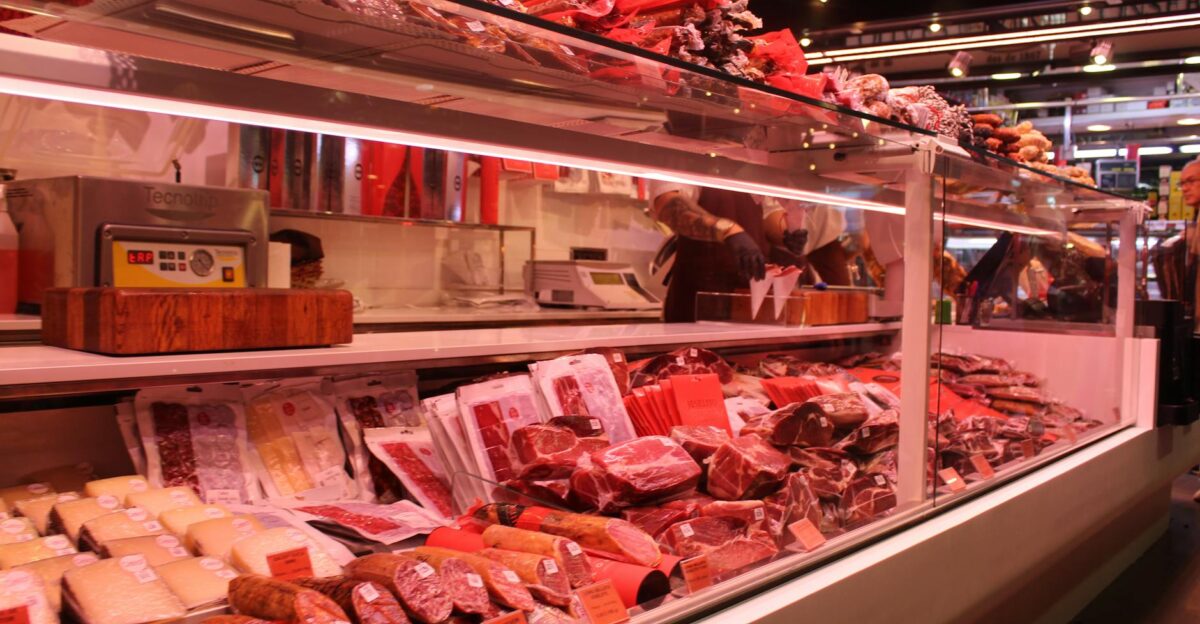
Grocery shoppers across the United States are feeling the sting of record-high beef prices, with live cattle reaching about $243 per hundredweight in August 2025. This surge comes as the nation’s cattle herd shrinks to its lowest level since 1951, prompting the federal government to announce a major expansion of beef imports from Argentina—a move that has sparked controversy among ranchers, lawmakers, and industry experts.
Shrinking Herds and Rising Costs

The U.S. cattle inventory has dropped to approximately 86.7 million head, a level not seen in 74 years. Years of drought, soaring feed costs, and razor-thin profit margins have forced many ranchers to reduce or liquidate their herds. The U.S. Department of Agriculture projects beef production will decline by nearly 600 million pounds in 2025, tightening supplies and driving up prices at the meat counter.
The Trump administration contends that increasing Argentine beef imports could help stabilize prices for consumers. However, critics point out that Argentina already exports over $200 million in beef to the U.S. annually, while importing almost none from American producers—a trade imbalance that has become a flashpoint in the debate.
Impact on Consumers and the Food Industry

As beef prices climb, fast-food chains and restaurants are adapting quickly. Many are shrinking beef portions, promoting chicken and pork alternatives, or introducing premium beef items to justify higher menu prices. The industry faces a difficult choice: raise prices and risk losing customers, or absorb costs and see profits erode.
Industry analysts note that while foodservice demand ended 2024 strong, rising beef inflation could squeeze restaurant margins in 2025. Even iconic burger chains are quietly testing new menu strategies to weather the storm.
Consumers, meanwhile, are shifting their habits. Poultry producers report increased demand, and pork sales are rising as shoppers seek more affordable proteins. Nutritionists note that more Americans are asking about plant-based and heart-healthy alternatives, accelerating a trend toward diversified diets.
Trade Tensions and Rancher Backlash

The administration’s plan to quadruple Argentine beef imports has ignited fierce opposition in cattle country. Many ranchers, who expanded their herds after strong 2024 prices and largely supported Trump, now feel betrayed by the sudden policy shift.
“It’s really just a kick in the nuts. Come on, President Trump, this is America First policy? No,” said Kansas rancher Kyle Hemmert in October 2025. His frustration is echoed across Missouri, Kansas, and Texas, where ranchers face foreign competition and policy uncertainty at a critical moment.
Lawmakers have joined the outcry. Representative Jason Smith of Missouri, chairman of the House Ways and Means Committee, led a bipartisan letter urging the USDA and U.S. Trade Representative to reverse the plan, citing Argentina’s history of livestock disease and the lopsided trade relationship. The National Cattlemen’s Beef Association also condemned the move, marking rare unity among industry groups and politicians.
Global Ripple Effects

The U.S. beef shortage and import surge are having global consequences. As American buyers compete for limited supplies, consumers in Europe, Asia, and Latin America are also seeing higher prices. Argentina’s expanded exports to the U.S. mean less beef for other nations, turning steak into a luxury item in many regions.
International competitors like Australia and Brazil are closely monitoring the situation, ready to adjust their own export strategies in response to shifting U.S. trade priorities. The debate over beef imports has also reignited concerns about food safety and biosecurity, given Argentina’s past outbreaks of foot-and-mouth disease.
Winners, Losers, and What Comes Next
The winners in this upheaval include Argentine beef exporters, major U.S. meatpackers, and producers of poultry, pork, and plant-based proteins. Losers are small and mid-sized American ranchers, consumers facing record prices, and rural communities dependent on cattle income. Related industries—from leather to pet food—are also feeling the pinch as beef by-products become scarcer and more expensive.
Financial markets have responded with volatility, as live-cattle futures hit record highs and speculators seek to profit from the uncertainty. For ranchers, these swings add another layer of unpredictability to an already challenging environment.
Looking ahead, the USDA expects modest herd rebuilding to begin in 2026, but meaningful supply growth may not materialize until 2027 or later due to the biological realities of cattle production. Industry analysts project that beef prices will remain historically high in the near term, keeping pressure on both producers and consumers.
The current crisis underscores how a single policy decision can ripple through the entire food system, affecting everything from family dinners to global trade. As the U.S. navigates the path forward, the stakes remain high for agriculture, food security, and the broader economy.